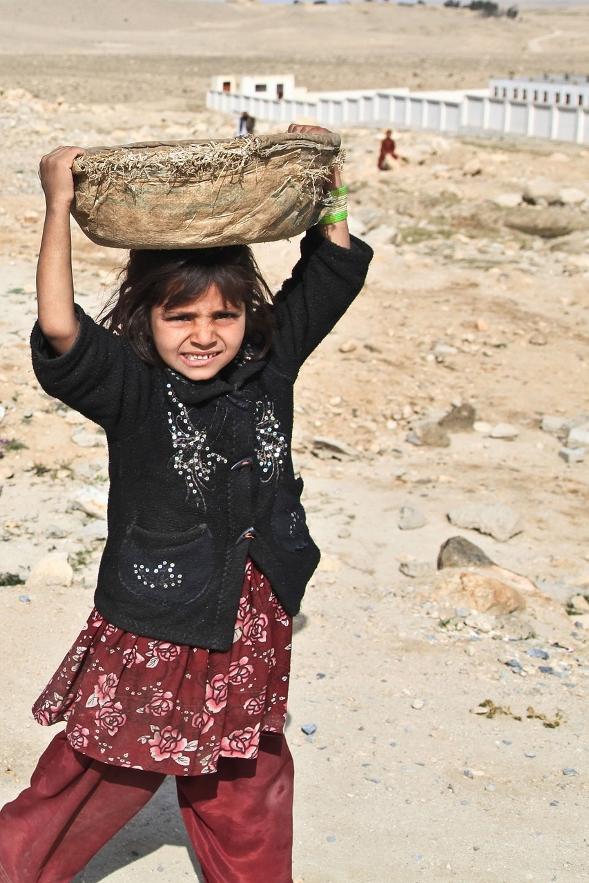
2 minute read
SHACKLED Lives in Chains
By Sabin Muzaffar
Over160 million children worldwide are estimated to be in child labor: 63 million girls and 97 million boys ? and this too ? at the beginning of the year 2020, indicates an ILO-UNICEF 2020 report About 30 million children are employed in some kind of labor in seven South Asian countries in both hazardous and non-hazardous work; a number that has more than doubled when compared with ILO?s conservative estimates of 16 7 million childrenina2013 report
Advertisement
The ILO defines child labor ?as work that deprives children of their childhood, their potential and their dignity, and that is harmful to physical and mental development. It refers to work that is mentally, physically, socially or morally dangerous and harmful to children; and/or interferes withtheir schoolingby:deprivingthem of the opportunity to attend school; obliging them to leave school prematurely; or requiring them to attempt to combine school attendance withexcessively longandheavy work.?
Interestingly, a child?s employment or work may only be deemed as ?child labor?depending on her or his age, work hours, mode or type of work as well as the conditions in which the work is being performed While there are numerous forms of child labor, those considered the worst include modern day slavery, where a child (aged 5-17 years) is owned and made towork against her or hiswill ?fromthe time of their capture, purchase or birth,?trafficking, serfdom where the child isforced to live and work on land with little or no pay, forced labor, sexual exploitation, debt bondage, beggary and other illicit activities International standards maintain that work must only beperformed by those usually 15 years of age or older and that too if it is stipulated by national law
While Child Domestic Labor (CDL) does not come under the scope of the worst types of labor (though various paradigms within children?s domestic work are deemed hazardous) , recent reports especially coming out from South Asia relate horrific stories Laying it out in simple details? so that nothingisleft to theimagination of the privileged and the powers that be ?child domestic work refersto labor in the domestic sector; more than often performed by children below the ?relevant minimum age for light work, full time non-hazardous work, in hazardous conditions or slavery like situation Amplified is the aggravation especially when the child is forcefully and without her or his consent immigrated to different cities or countries This, in plain words, mean thechild/minor istrafficked
Bearing in mind that domestic work sector; especially in the South Asian (and also Global South) context; is still mostly unregulated, under-valued and/or is hidden, even though many countries have ratified ILO?s Convention 189 (Domestic Workers Convention) and Convention 138 (Minimum Age Convention) among numerous others. Pakistan, India, Nepal and Bangladesh being among them Due to the unregulated positionality of domestic work itself in the labor landscape, child domestic labor thenbecomesharder totackle.
Those who do ?hire? children ? especially girls ? for employment justify by asserting to provide safety and security to the otherwise unprotected minor in the face of child marriages, sexual exploitation and what have you by getting them ?away?from the alleged space of potential abuse
?Look at it this way, we are providing the girl safety of our home in lieu of the services. Good food to eat and no fear of being married off to someone twice or thrice her age. She is sent to us with the express permission of her parents or guardians. It?s a win-win situation for everyone, isn? t it?? said one employer based in the southern city of Karachi,Pakistan.
What the privileged ?benefactors?fail to realize is the fact that this act is
While Child Domestic Labor doesnot come under the scope of the worst typesof labor , recent reports especially coming out from South Asia relate horrific stories. writes

Sabin Muzaffar



